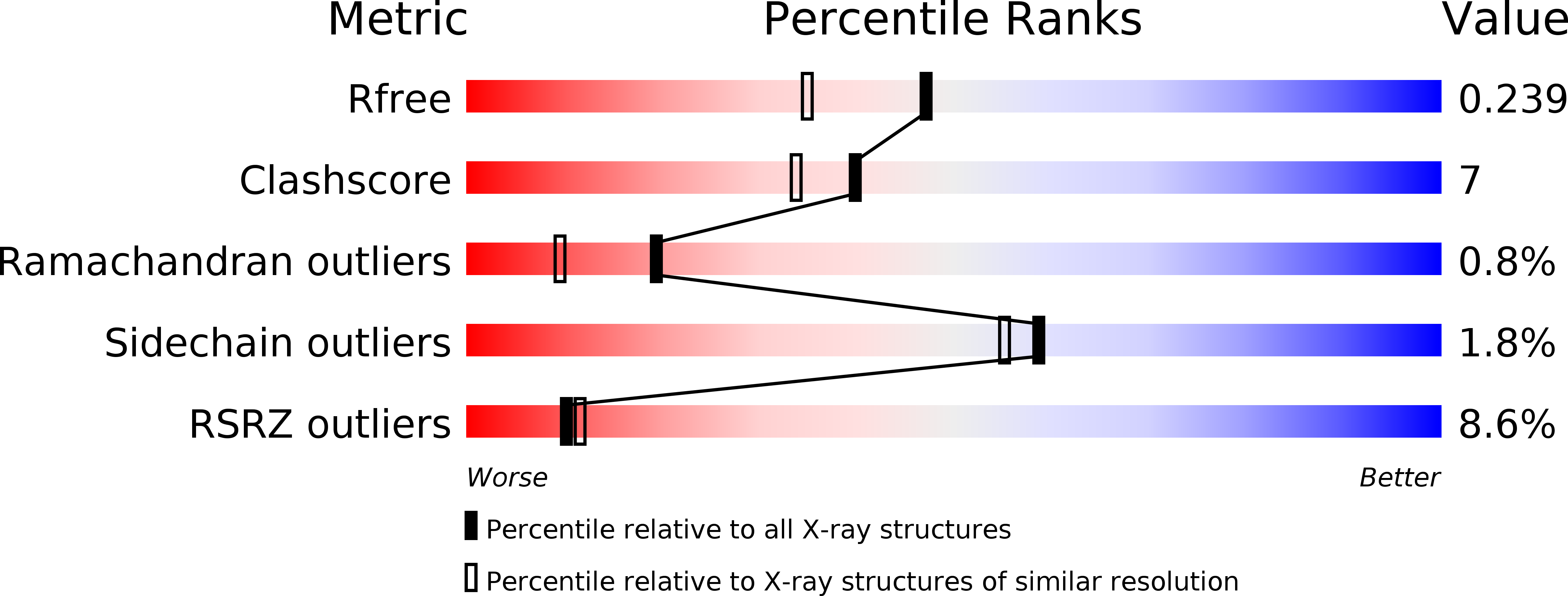
Deposition Date
1999-07-09
Release Date
1999-10-17
Last Version Date
2023-12-13
Entry Detail
PDB ID:
1QK4
Keywords:
Title:
TOXOPLASMA GONDII HYPOXANTHINE-GUANINE PHOSPHORIBOSYLTRANSFERASE IMP COMPLEX
Biological Source:
Source Organism:
TOXOPLASMA GONDII (Taxon ID: 383379)
Host Organism:
Method Details:
Experimental Method:
Resolution:
1.90 Å
R-Value Free:
0.23
R-Value Work:
0.18
Space Group:
P 21 21 21


